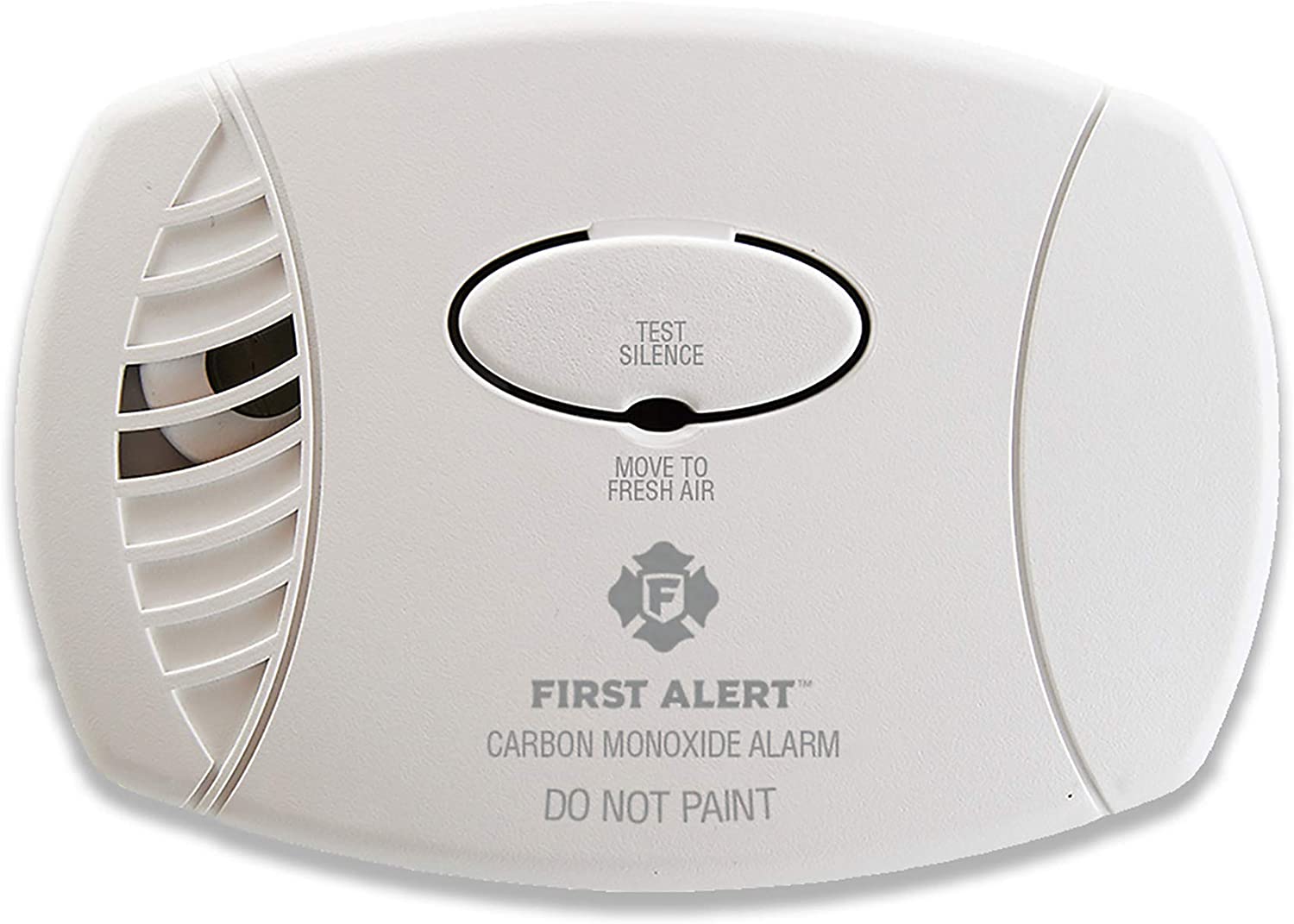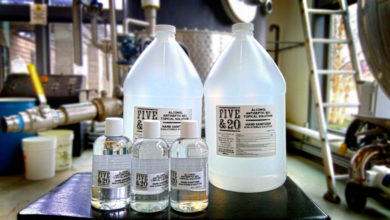Safety tips to avoid carbon monoxide exposure

A colorless and odorless gas, carbon monoxide is found in combustion byproducts such as those produced by small gasoline engines, generators, or by burning charcoal, coal, oil, wood, propane, or natural gas. Carbon monoxide from these sources can build up in enclosed or partially enclosed spaces. Carbon monoxide poisoning can occur within a matter of minutes. Those who suspect a CO problem should immediately exit the premises and call 911. Symptoms of carbon monoxide exposure include flu-like symptoms, headaches, dizziness, weakness, nausea, and loss of muscle control.
The easiest way to prevent becoming a victim of carbon monoxide is early detection – installing CO detectors in your home. State law requires that all New York State residences have CO detectors installed. Check and replace the battery regularly and have home heating, water heater, and any other coal, oil, wood, propane, and natural gas burning appliance inspected and maintained annually by a professional.
Report Emergencies
Call your utility provider to report gas leaks, odors, or emergencies. If you suspect a leak, get up and get out, leave the building, and call from a safe place. If there’s an immediate danger, call 911.
Smoke and Carbon Monoxide Detectors
Smoke and carbon monoxide detectors should be located on every level of your home, including outside all sleeping areas. Test them monthly and replace the batteries at least twice a year, when you change the clocks for Daylight Saving Time.
Appliances
Never use your stove or oven to stay warm. Only space heaters intended for indoor use should be operated indoors or in enclosed spaces, in accordance with the manufacturer’s instructions.
Home Generators
When operated improperly, portable generators can also cause carbon monoxide problems. Those looking to operate portable generators should use them outdoors in a clean, dry, well-ventilated area, and never indoors or in a garage. They should also make sure exhaust gases are safely vented away from the house, windows, or other enclosed areas. Generators that plug into a home’s electrical system should be installed by a licensed electrician via a transfer switch.
Provided information




